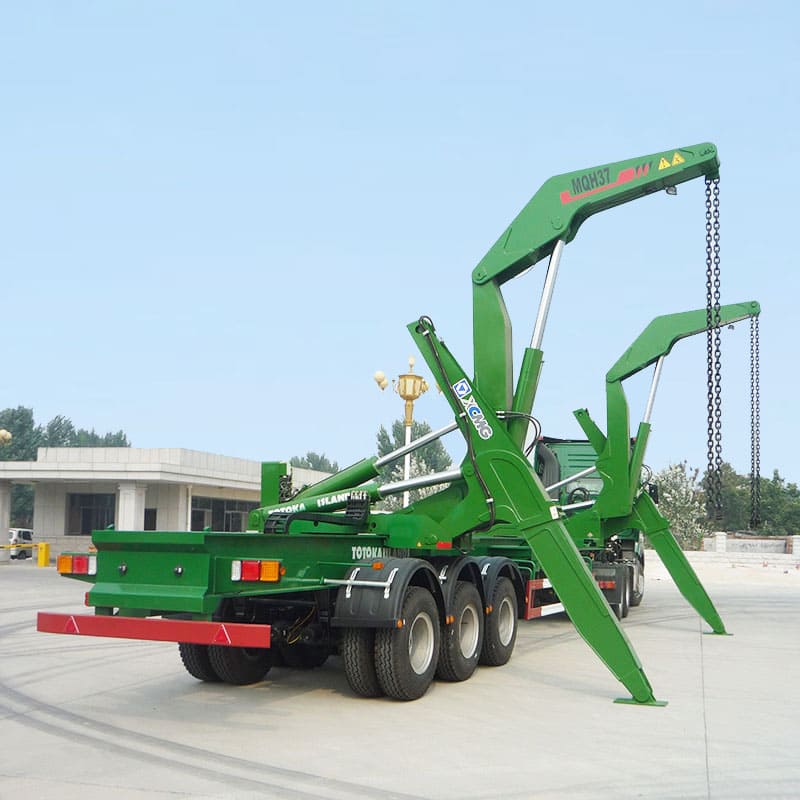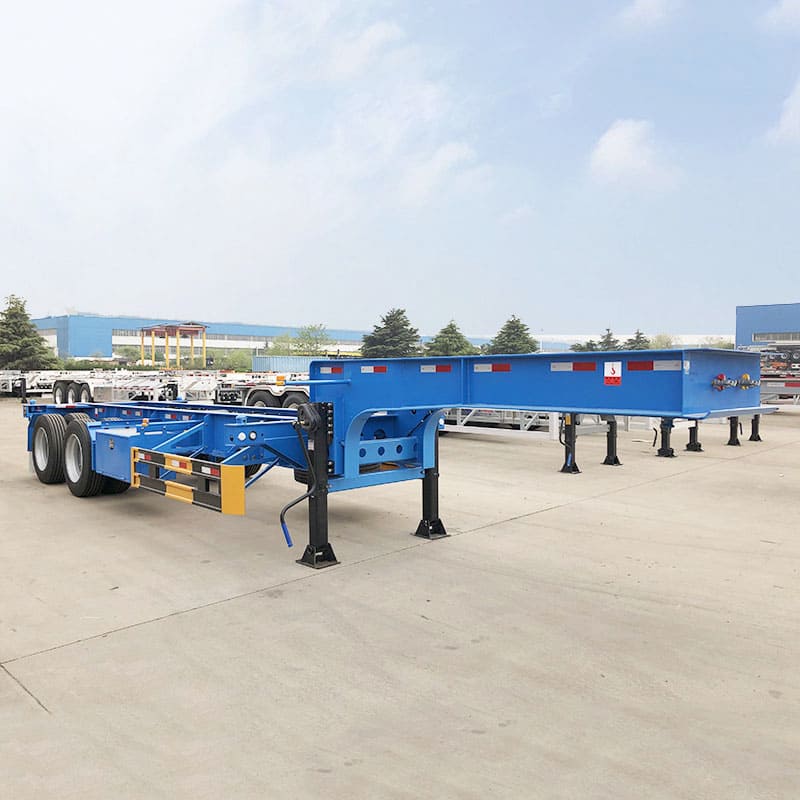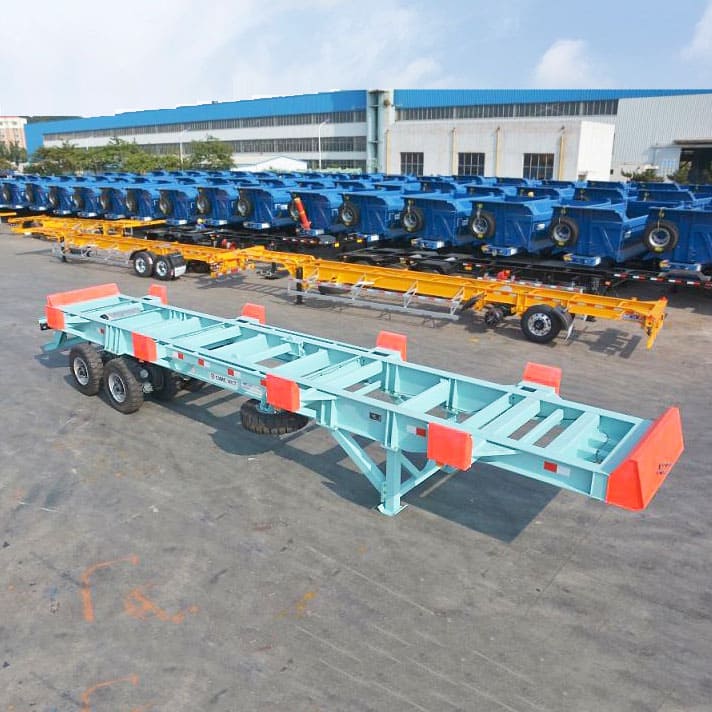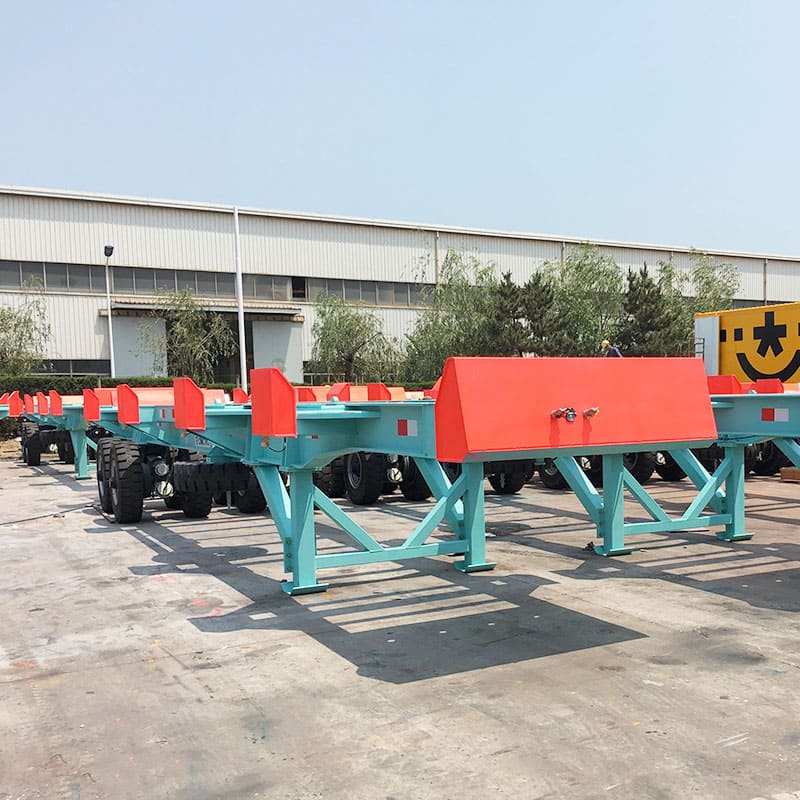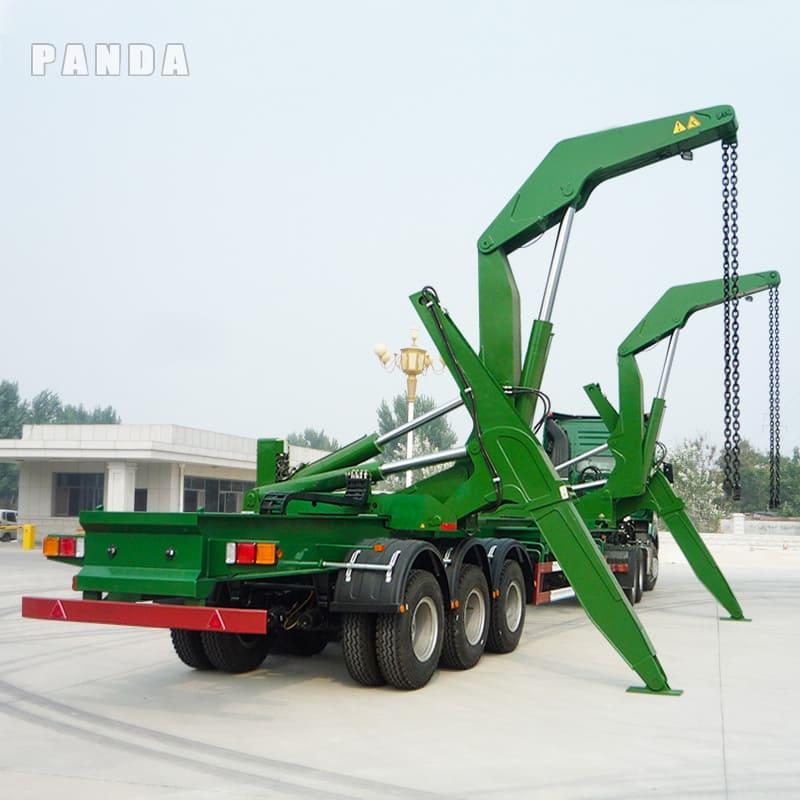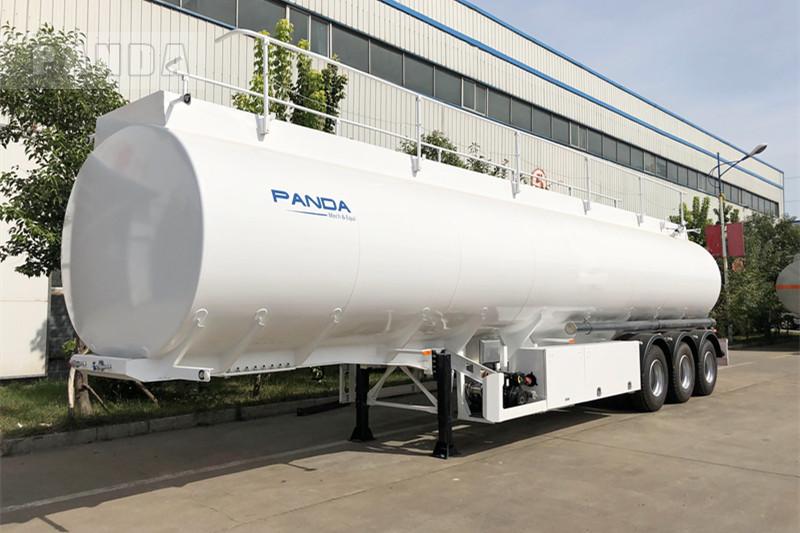Before the advent of container shipping, the process of transporting goods was cumbersome and inefficient. All goods must be manually loaded onto cargo ships, trains or trucks one by one and unloaded one by one at their destination, a process that consumes a lot of time and manpower. Each transfer takes time and days, and it is difficult to balance the time cost with the economic cost.
However, the arrival of the container changed all that. Their ideal size and standardized design allow any cargo to be stored efficiently and easily stowed in a wide range of transport vehicles, such as boats, trains and trucks. Nowadays, the global transportation of goods almost all rely on containers, with the improvement of loading and unloading efficiency, the cost of time and money has been significantly reduced. The large-scale integration of shipping and land transportation has promoted the flow speed and globalization process of goods trading, and greatly facilitated people’s production and life.

What is shipping container?
A shipping container is a standardized reusable steel box used to store and move products and raw materials between locations or countries. There are various shapes and sizes, but the most common are 20 feet and 40 feet long, and they all conform to international standards set by the International Organization for Standardization (ISO). The main advantage of using standard-sized shipping containers is that they can be loaded and unloaded, stacked and transported efficiently over long distances.
Shipping containers have multiple uses and applications:
- Transport Goods: The original, and still the primary use of shipping containers is to securely and efficiently transport goods and materials. Everything from cars to grain to refrigerated food products can be packed inside these containers and shipped.
- Storage: When not in use for transport, many people use shipping containers for storage due to their durability and lockability. They’re frequently seen on construction sites, acting as secure, temporary storage for tools and equipment.
- Housing and Offices: More recently, shipping containers have been used in architecture and building, from affordable housing projects to stylish, luxury homes. This idea is known as ‘container architecture’. They are also widely used to create temporary and permanent office spaces.
- Disaster Relief: In the aftermath of a disaster, shipping containers can provide quick, safe, and comfortable shelter, making them a valuable tool in efforts for disaster relief.
- Pop-up Shops and Restaurants: Many entrepreneurs are turning shipping containers into pop-up shops, restaurants, cafes, and semi-permanent buildings for their businesses.
How to transport containers?
You can use these trailers to transport containers:
How to Transport a Shipping Container Across Short Distances
Transporting a shipping container over short distances often entails using machinery like a forklift, crane, pickup truck, or a tractor. Below are the steps you can follow when using each of these:
- Forklift:
A large, heavy-duty forklift can carry smaller shipping containers. It is inserted into the forklift pockets on the bottom of the container, lifts it from the ground and transports it to the desired location. Remember to secure the container properly before moving it.
It’s important to know the weight of the container before attempts to lift it. Overloading can damage the forklift and risk the safety of the operator. - Crane:
For larger containers, a crane may be necessary. The crane uses spreader bars to distribute the weight evenly along the top of the container. Once securely fastened, the crane lifts the container, then moves it to the desired location.
Always have a trained and experienced operator conducting the operation. All safety guidelines must be rigidly applied. - Pickup Truck:
Shipping containers that are small enough can potentially be transported by a heavy-duty pickup truck. Using a specially designed trailer, the container is secured and can then be driven to its new location.
The size and weight of the container should be within the payload capacity of the truck and the trailer. - Tractor:
A tractor, particularly a tractor trailer, is another option for moving shipping containers. Similar to the pickup truck method, the shipping container is secured onto the trailer bed and then transported.
Ensure the tractor trailer’s weight capacity is not exceeded by the container. If it is, use a larger transportation method.
How to a Transport Shipping Container Across Long Distances
Transporting a shipping container across long distances involves a combination of different transportation methods, depending on the exact circumstances, regulatory restrictions, and possibilities available in different geographical locations. Let’s look at the main modes of transportation that are routinely used for transporting shipping containers, such as flatbed, tilt bed, boats, container chassis, and trains.
- Flatbed Trucks: Flatbed trucks are a type of truck with a flat level ‘bed’ or platform with no sides or roof. These are advantageous for loading and unloading heavy items like shipping containers, and they come in different sizes to accommodate different container sizes.
- Tilt Bed Trucks: Tilt bed trucks are similar to flatbed trucks, but they have the added advantage of a tiltable bed. This makes the loading and unloading of the container easier, especially when there is no loading dock or forklift available.
- Boat: Shipping containers are often transported over long distances or between continents by cargo ship. This is the most cost-effective way to move large quantities of goods over vast distances. The containers are typically loaded and unloaded at ports using cranes.
- Container Chassis: The shipping container is secured to a container chassis, which is a wheeled structure that can be hooked to a locomotive or a truck cab for transport. This makes the transport of the container convenient and simplified.
- Trains: Trains are particularly effective for large-scale, long-distance inland transportation of shipping containers. They can carry a larger quantity of containers more efficiently and in a more environmentally friendly manner than trucks.
How Much Does It Cost to Move a Shipping Container?
| Shipping Container Size | Estimated Cost of Movement (USD) |
|---|---|
| 10ft (Standard) | 1,00 – 3,00 |
| 20ft (Standard) | 1,50 – 3,500 |
| 40ft (Standard) | 2,00 – 4,00 |
| 20ft (High Cube) | 2,00 – 3,00 |
| 40ft (High Cube) | 3,00 – 5,00 |
Please note these costs are just for transportation. Additional costs such as loading and unloading, permits, possible storage, and insurance should also be considered. You should reach out to relevant local authorities or shipping companies to get accurate and up-to-date numbers.
Related: How Much Does a Container Chassis Trailer Cost?
What factors affect the cost of shipping containers
The cost of transporting containers can be affected by a number of factors, which include, but are not limited to:
- Transport distance: generally speaking, the longer the transport distance, the higher the cost.
- Mode of transport: Depending on the mode of transport (sea, road, shipping), the cost may vary. Generally shipping is the most expensive, followed by sea freight and land freight is the least expensive.
- Container size and type: The size and type of container (e.g. dry, reefer, open top, etc.) also affects the cost.
- Cargo type and weight: Special types of cargo (e.g. dangerous goods, fragile goods, fresh goods, etc.) may require additional costs. In addition, the weight and volume of the shipment will also affect the freight charges.
- Market supply and demand conditions: In the event of too much or too little supply of goods, transport costs may rise or fall accordingly.
- Seasonal factors: During certain seasons, such as holiday seasons or peak seasons, freight rates may rise due to increased demand.
- Port charges: Different ports may charge different rates for loading and unloading cargo, which may also affect the total transport cost.
- Tariffs and Policies: The tariff policies and other policies of the countries and regions through which the container needs to be transported can also affect the final cost.
- Insurance costs: Depending on the value of the goods and the charging policy of the insurance company, the amount of insurance costs can also affect the total transport costs.
It is important to note that the above factors do not exist in isolation in practice, but rather they interact with each other and to some extent determine the final cost of container transport.


